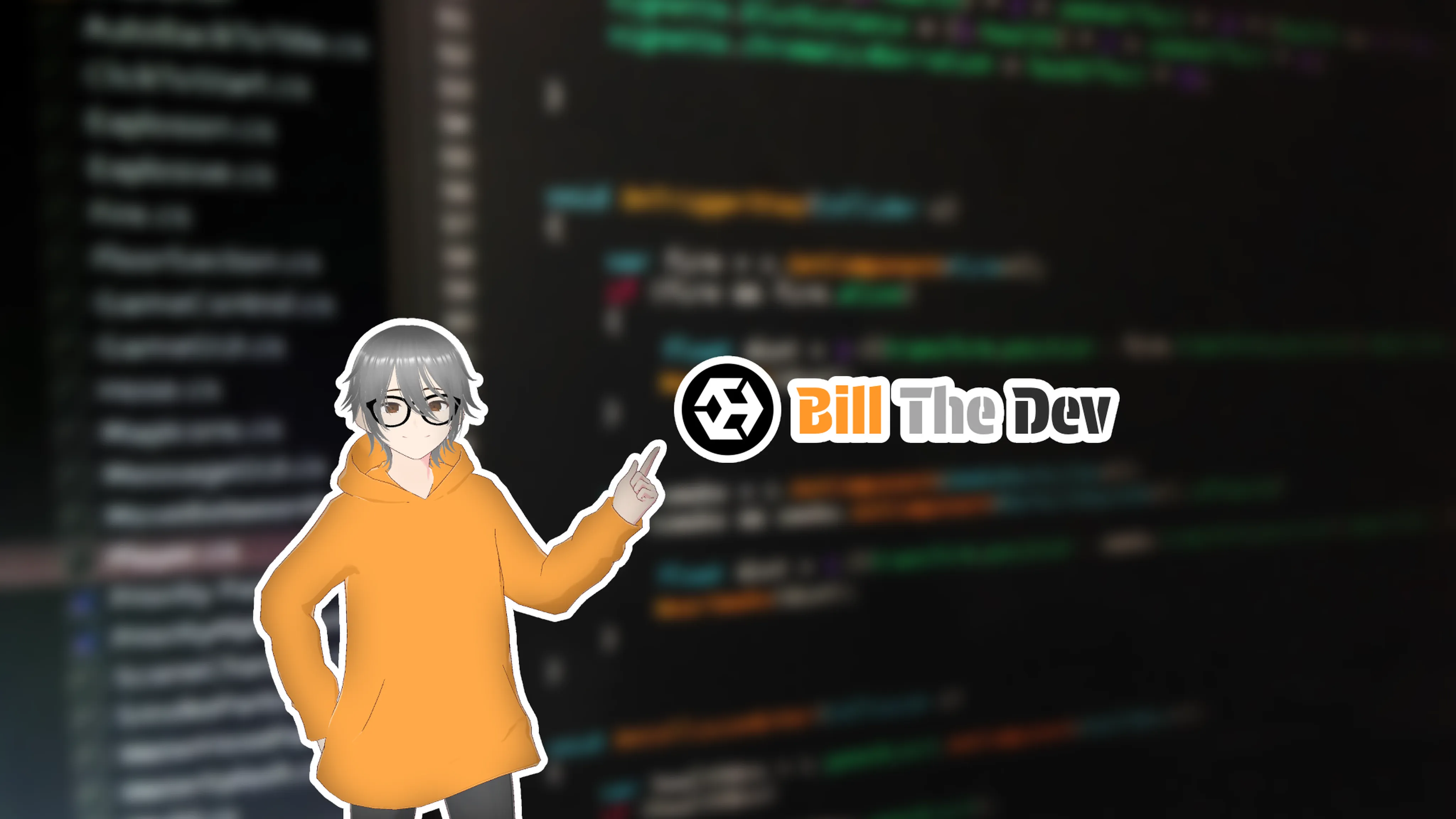Speedrun Swift UI Lesson 1 - Part II: Loops, Functions, and Complex Data Types
II. Loops, Functions, and Working with Data Structures
In this section, we will explore more control flow mechanisms in Swift, including loops for repeating tasks, functions for organizing code, and working with complex data types such as arrays, dictionaries, and sets.
2.1. Loops in Swift: for and while
Loops allow you to execute a block of code multiple times. Swift provides several loop constructs that let you iterate over collections or repeat actions until a condition is met.
The for loop
The for loop is used to iterate over a sequence of items, such as an array or a range of numbers.
Example: Basic for Loop
let numbers = [1, 2, 3, 4, 5]
for number in numbers {
print("Number: \(number)")
}
- Explanation: The loop iterates over each element in the
numbersarray and prints it.
Example: for Loop with Ranges
You can also use a range of numbers in a for loop without an array:
for i in 1...5 {
print("Count: \(i)")
}
- Explanation: The loop runs from 1 to 5, printing each value.
The while loop
The while loop repeats a block of code as long as a condition is true. It’s useful when you don’t know how many times you need to loop beforehand.
Example: Basic while Loop
var count = 0
while count < 5 {
print("Count is \(count)")
count += 1
}
- Explanation: The loop continues until
countis no longer less than 5. Each iteration increasescountby 1.
The repeat-while Loop
Swift also has a repeat-while loop that runs the block of code first and then checks the condition afterward, guaranteeing the loop runs at least once.
Example: repeat-while
var attempts = 1
repeat {
print("Attempt \(attempts)")
attempts += 1
} while attempts <= 3
- Explanation: This loop guarantees that the code inside runs at least once, and it keeps repeating as long as
attemptsis less than or equal to 3.
2.2. Functions in Swift
Functions are blocks of reusable code that perform a specific task. They help you organize your code by encapsulating tasks that you need to perform multiple times in one place.
Defining a Function
A basic function in Swift is defined using the func keyword, followed by the function name and parentheses.
Example: Basic Function
func greet(name: String) {
print("Hello, \(name)!")
}
greet(name: "Alice") // Output: Hello, Alice!
- Explanation: The function
greettakes aStringparameter namednameand prints a greeting message. You can call the function with different arguments to reuse the logic.
Functions with Return Values
A function can also return a value using the -> symbol followed by the return type.
Example: Function with a Return Value
func add(a: Int, b: Int) -> Int {
return a + b
}
let result = add(a: 5, b: 10)
print("Sum: \(result)") // Output: Sum: 15
- Explanation: The
addfunction takes two integers and returns their sum.
Functions with Multiple Parameters
You can pass multiple parameters into a function and use them to perform more complex tasks.
Example: Function with Multiple Parameters
func calculateRectangleArea(length: Double, width: Double) -> Double {
return length * width
}
let area = calculateRectangleArea(length: 5.0, width: 3.0)
print("Area: \(area)") // Output: Area: 15.0
- Explanation: The function
calculateRectangleAreacalculates the area of a rectangle using the formulalength * width.
Functions with Default Parameters
In Swift, you can assign default values to function parameters, which allows you to call the function with or without passing those parameters.
Example: Function with Default Parameters
func greetPerson(name: String = "Guest") {
print("Hello, \(name)!")
}
greetPerson() // Output: Hello, Guest!
greetPerson(name: "Bob") // Output: Hello, Bob!
- Explanation: If no argument is passed to
greetPerson, it will use the default value"Guest", otherwise, it will use the value provided.
2.3. Complex Data Types in Swift
Swift provides several data structures that allow you to store and manipulate collections of values. The most common are arrays, dictionaries, and sets.
Arrays
An array is an ordered collection of values of the same type. You can add, remove, and access elements in an array using their index.
Example: Working with Arrays
var fruits = ["Apple", "Banana", "Cherry"]
// Accessing elements
print(fruits[0]) // Output: Apple
// Adding elements
fruits.append("Orange")
print(fruits) // Output: ["Apple", "Banana", "Cherry", "Orange"]
// Removing elements
fruits.remove(at: 1)
print(fruits) // Output: ["Apple", "Cherry", "Orange"]
- Explanation: In this example, we work with an array of fruits, adding, accessing, and removing elements.
Dictionaries
A dictionary stores key-value pairs. Each value is associated with a unique key, and you can use the key to access the corresponding value.
Example: Working with Dictionaries
var capitals = ["USA": "Washington, D.C.", "Japan": "Tokyo", "Vietnam": "Hanoi"]
// Accessing values
print(capitals["USA"]!) // Output: Washington, D.C.
// Adding a new key-value pair
capitals["France"] = "Paris"
print(capitals) // Output: ["USA": "Washington, D.C.", "Japan": "Tokyo", "Vietnam": "Hanoi", "France": "Paris"]
// Removing a key-value pair
capitals.removeValue(forKey: "Japan")
print(capitals) // Output: ["USA": "Washington, D.C.", "Vietnam": "Hanoi", "France": "Paris"]
- Explanation: The example demonstrates how to add, access, and remove key-value pairs from a dictionary.
Sets
A set is an unordered collection of unique values. Sets automatically remove duplicate values and are useful when you need to ensure no value appears more than once.
Example: Working with Sets
var uniqueNumbers: Set = [1, 2, 3, 3, 4]
// Output: {1, 2, 3, 4}
print(uniqueNumbers)
// Adding an element
uniqueNumbers.insert(5)
print(uniqueNumbers) // Output: {1, 2, 3, 4, 5}
// Removing an element
uniqueNumbers.remove(2)
print(uniqueNumbers) // Output: {1, 3, 4, 5}
- Explanation: Sets ensure all elements are unique, which is useful when dealing with non-duplicate data like unique identifiers.
Exercises
Sum of Array Elements: Write a program that takes an array of integers and calculates the sum of its elements using a
forloop.let numbers = [1, 2, 3, 4, 5] var sum = 0 for number in numbers { sum += number } print("Total Sum: \(sum)") // Output: Total Sum: 15Rectangle Area Function: Write a function that calculates the area of a rectangle. The function should take
lengthandwidthas parameters and return the area.func calculateArea(length: Double, width: Double) -> Double { return length * width } let area = calculateArea(length: 5.0, width: 3.0) print("Area: \(area)") // Output: Area: 15.0Dictionary of Countries and Capitals: Create a dictionary that stores countries and their capitals. Write a function that takes a country as input and returns the capital.
let capitals = ["USA": "Washington, D.C.", "France": "Paris", "Japan": "Tokyo"] func getCapital(of country: String) -> String? { return capitals[country] } if let capital = getCapital(of: "Japan") { print("The capital of Japan is \(capital)") // Output: The capital of Japan is Tokyo }
Conclusion
In this part, we learned about loops, functions, and working with more complex data structures like arrays, dictionaries, and sets. These concepts are vital for building more dynamic and interactive Swift applications. In the next part, we will dive deeper into object-oriented programming and learn about classes, structs, and inheritance.

